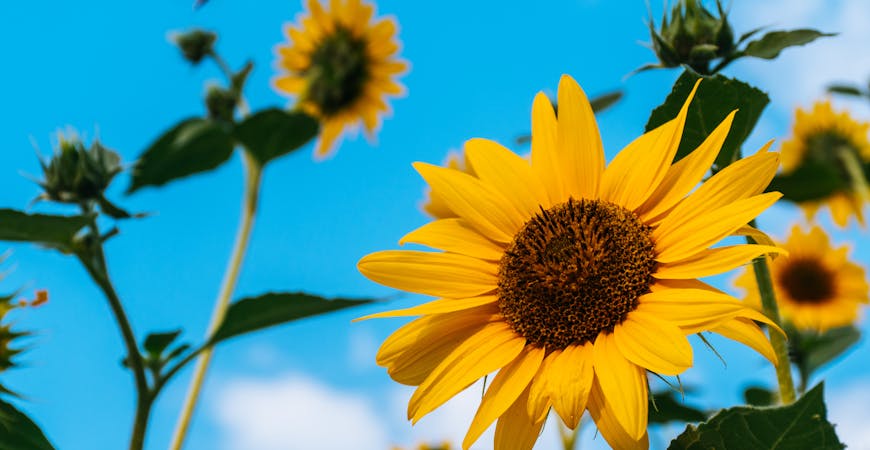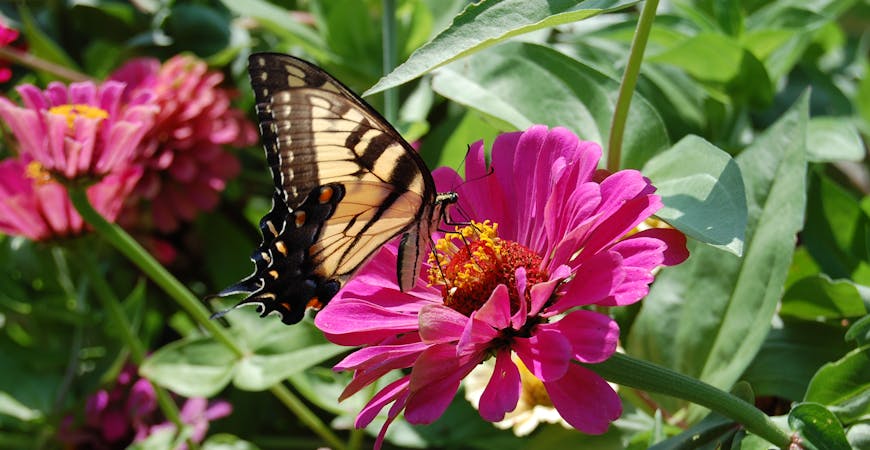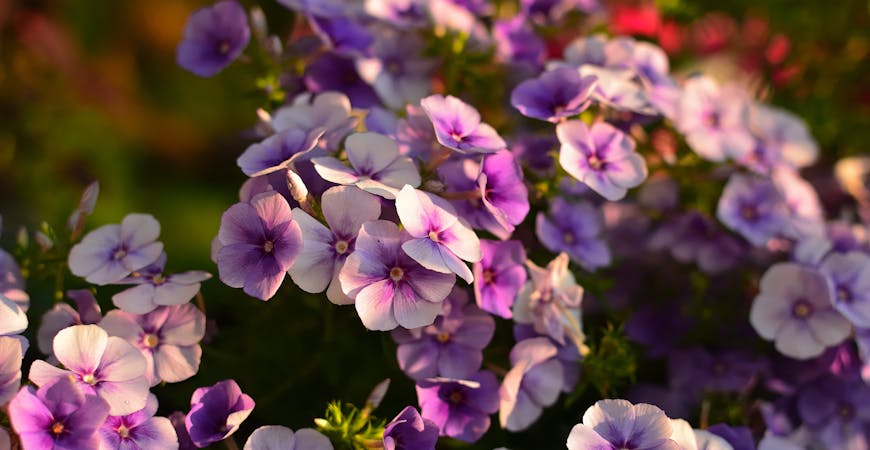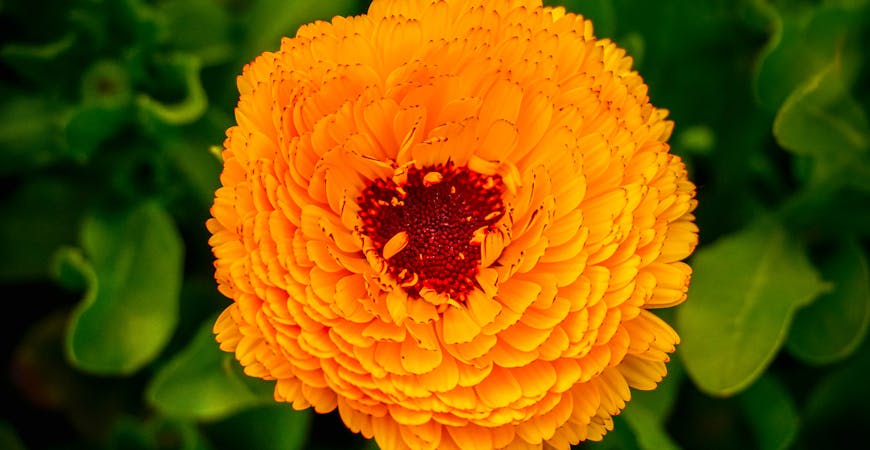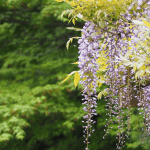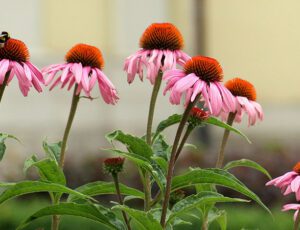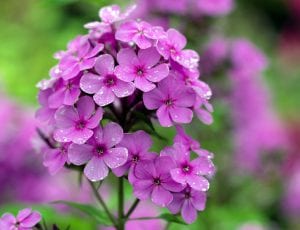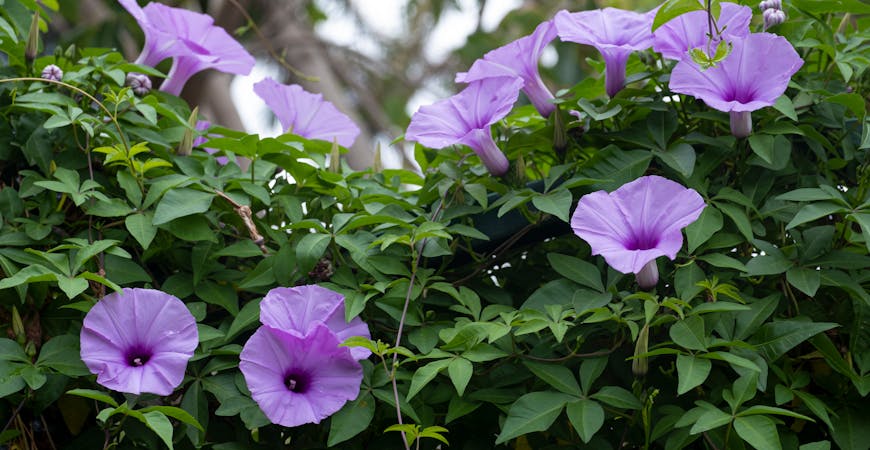
Top Quick Blooming Flowers for Spring
Once the calendar flips to spring, it’s hard to wait any longer for fresh flower blooms. So, this year, give your garden the zip it needs with some of our favorite quick-blooming flowers for spring.
Morning Glories
Morning glories (photoed above) are one of the most popular quick-blooming flowers.
These annuals offer a brilliant display of violets, blues, pinks, or whites, with each flower petal delicately decorated with intricate veins. They greet each morning with fully unfurled flowers basking in the waking sun.
Morning glories grow densely. They can serve as ground cover for your garden or add a natural touch to a pergola.
Speed is the name of the game here, and morning glories do not disappoint. A single season can see them add up to 10 feet in length.
To best ensure morning glories thrive in your garden, follow the following instructions.
First, get ready to plant morning glories as soon as there’s no further danger of frost. Plant them in an area that receives plenty of direct sunlight and has well-draining soil.
To account for their quick growth, you should also plant them near a fence they can climb. A trellis or lattice are also good options here.
Before placing your morning glory seeds into the ground, file them down to just break through their outer coat. Then, soak them in water for 24 hours before planting. (You should notice a small, worm-like root pierce the shell.)
Once they’re ready, plant the seeds outside and cover them with a light, ¼-inch layer of soil. Six inches of space between seeds should provide enough room for growth.
Because morning glories are drought resistant, they only need thorough watering at planting or during any especially dry spells. To keep flowers growing and prevent reseeding, pinch off old flowers.
Sunflowers
When it comes to quick-blooming flowers, it’s hard to go wrong with sunflowers. Sunflowers are perhaps one of the most popular garden additions due to their easy maintenance and vibrant colors.
While most people associate sunflowers with the bright yellows of sunlight, there are other color options available. Depending on the variety, you can end up with one that’s ghostly white or practically crimson.
Sunflowers bloom quickest when given access to full sun and grown in well-draining soils. You may see some additional speedy growth if you can plant them in slightly acidic soil.
Once the final frost passes, plant your sunflower seeds an inch deep into the soil. In many cases, six inches of space between seeds will work, but if the variety can grow taller than five feet, consider placing them 12 to 24 inches apart.
Seeds generally germinate within a week and a few days. While they can grow in drought conditions, water them regularly from 20 days before to 20 days after flowering to help their roots grow deep.
If everything goes right, you should see sunflowers bloom around 70 to 100 days after planting their seeds.
Zinnias
If you’re looking for a striking pop of color for your quick-bloom garden, try zinnias. They’re low-maintenance, uniquely beautiful, and attractive to pollinators.
With zinnias, you also have many varieties to choose from. One of our favorites is the zinnia elegans, whose bold pink petals contain within them a tiny ring of flower-like appendages.
To plant, wait until the last frost is over and your thermometer has ticked up to around 60 degrees Fahrenheit. Then, directly sow the seeds about a ¼-inch deep into the soil.
You should begin to see seedlings within a week of planting. As they grow, you may need to do some thinning to keep air circulating around each flower.
Zinnias have some drought tolerance but try to keep the soil moderately moist and lightly fertilized. You can encourage additional flower blooms by deadheading.
If you’ve followed these planting and maintenance tips, your zinnias should take about 60 to 70 days to bloom, depending on your chosen variety.
While they are annuals that will die off at the first fall frost, you can save their seeds to grow the following spring.
Phlox
We’ve said it before, and we’ll say it again: phlox rocks. And if you really want some speedy blooms, creeping phlox — a blooming perennial — rocks the most.
Creeping phlox grows quickly and densely with its trailing stems and delicate flowers. They’re often used as groundcover, giving your garden a beautiful foundation of color.
While garden phlox, the taller relative to creeping phlox, can reach heights of four feet, the creeping variety stays stout and wide. Creeping phlox typically doesn’t top four to six inches, but each plant can take up about nine to 18 inches of horizontal space.
The best way to propagate phlox is through division. Creeping phlox can be divided every couple of years without causing significant stress for the original plant.
They prefer rich, evenly moist, well-draining soil and at least six hours of full sun every day. Like other flowers on this list, creeping phlox offers some drought tolerance, and you may only need to water them after two weeks of no rain.
This perennial generally starts blooming early in April. The creeping phlox bloom time lasts for around three to four weeks.
Calendula
Often called pot marigolds, calendulas are an annual flower known for their radiant yellow and orange petal display. If you grow an edible garden, know that calendula blooms can be used fresh in salads and rice or dried to create “poor man’s saffron.”
Calendulas can grow in a variety of soil types but tend to prefer well-draining, slightly acidic soil. A pH of 6 or 7 is ideal.
When planting from seed, make sure to wait until the soil reaches a temperature of 60 degrees Fahrenheit. You can plant transplants slightly earlier, just as long as there’s no threat of frost.
Because calendulas are often grown in layers, many gardeners recommend thinning any seedlings until you’re left with a straight line with growths about eight to 12 inches apart. Try to plant calendulas in areas where they are not likely to experience extreme heat.
To help them thrive, water them regularly. In this case, that means giving them about one to one and a half inches of water every week, especially as you near mid-summer.
If grown from seeds, you should expect to see calendulas blossom in about six to eight weeks.
How to Make Flowers Bloom Quickly
While we’ve listed some of our favorite quick-blooming flowers above, we know people are wondering how to make any flower bloom more quickly. Unfortunately, so many factors come into play — from the type of flower to soil content to access to sunlight to external stressors — that there’s no single way to coax some alacrity from a bloom.
If you want your garden to bloom as quickly as possible, your best option is to plant a quick-blooming flower at the right time and provide it with the necessary care. It may seem simple, but it is effective.
If you’re dealing with already cut flowers, then there is a trick you can employ:
- Grab two vases, one of which you plan to hold the flowers for display.
- Fill one vase with warm water and the “display” vase with cold water.
- Cut the stems of your flowers at a 45-degree angle.
- Place the cut flowers in the warm-water vase for a minute.
- Transfer the flowers to the cold-water vase.
- Wait 20 minutes.
After that time, you should notice the flowers in full bloom. This trick can help put the perfect, last-minute touch on any dinner party or family gathering.
Grow a Quick-Blooming Flower Garden This Spring
Quick-blooming flowers can give you an early boost of color and radiance in your garden. They’re also a key ingredient in a thriving garden that blooms all year round.

